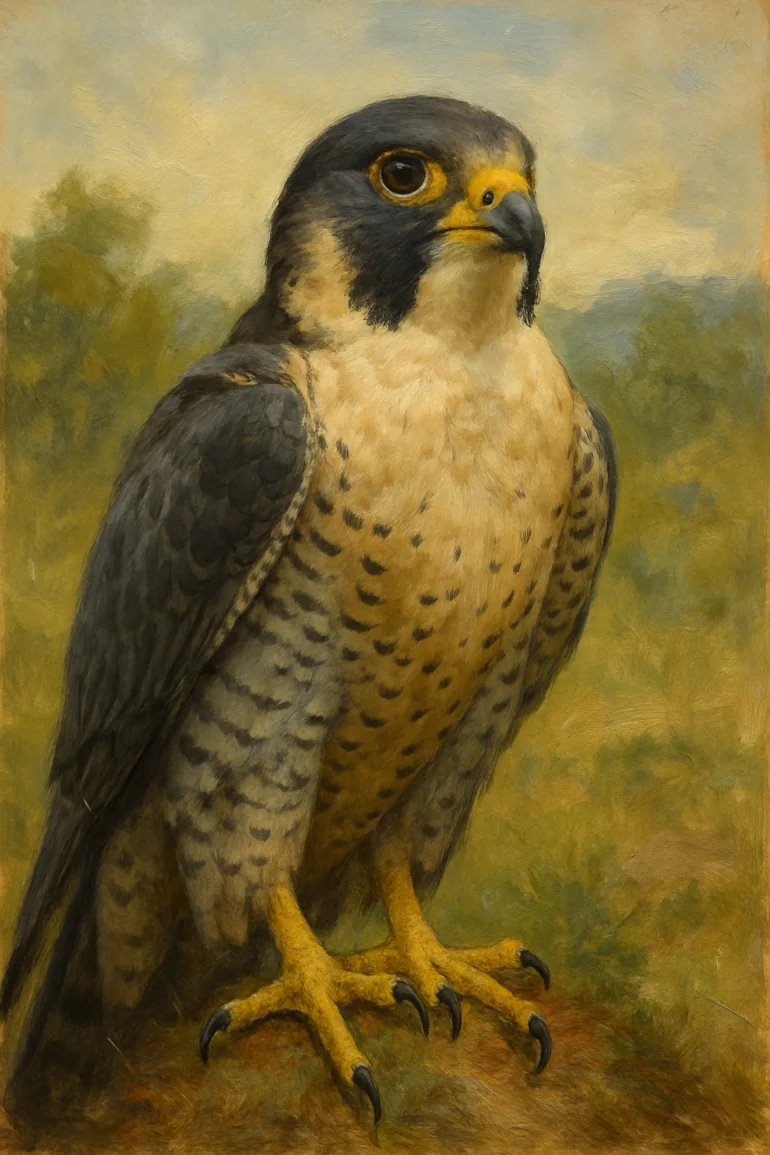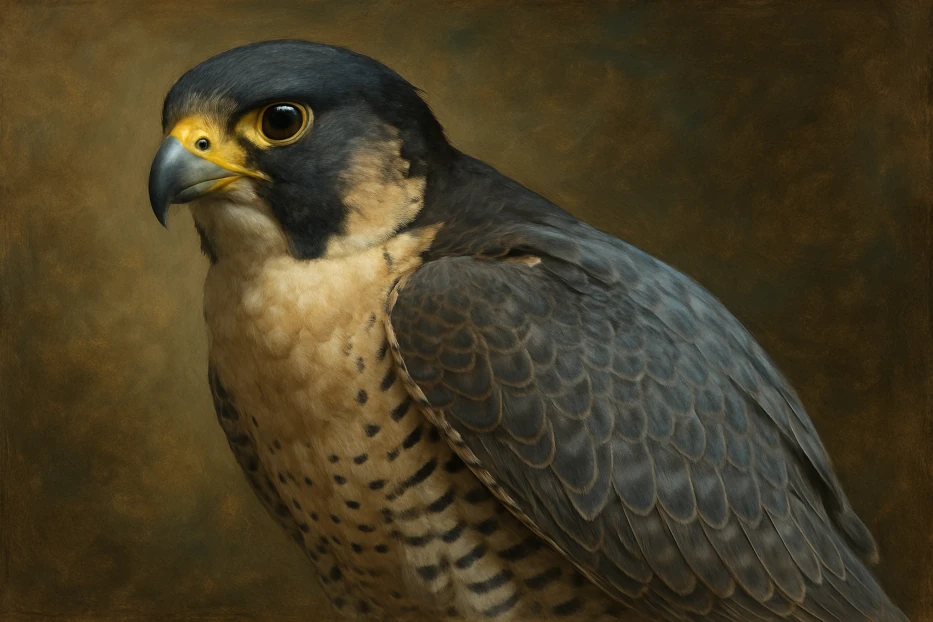At an astonishing 320 kilometers per hour (200 mph), the peregrine falcon holds the title of the fastest animal on Earth.
This apex aerial predator doesn’t chase; it dives, stooping from great heights in a controlled freefall to strike birds mid-flight with astonishing precision.
But speed isn’t its only talent. The peregrine falcon (Falco peregrinus) is also among the most widespread raptors in the world, found on every continent except Antarctica. From the high towers of Manhattan to the remote islands of the North Atlantic, this bird rules the skies, including over places many would never expect.
Table of Contents
Wings Across the World—And Over Islands
Peregrine falcons are astonishingly adaptable. Though traditionally cliff-nesters, they are now found in urban skyscrapers and on isolated islands. In the British Isles, especially along the coastlines of Scotland, Wales, and southern England, peregrine falcons nest on rugged seaside cliffs. On Ireland’s wild western edge, they present a striking sight as they navigate ocean winds in search of prey.
Further north, peregrines are also regular residents of Iceland, where volcanic cliffs and abundant seabird colonies provide ideal nesting and hunting grounds. These birds are often seen along the rugged coastlines, sharing airspace with puffins and guillemots.
Direct Ferries
Routes, Schedules, Prices
Ferries in Europe
Across the Atlantic, the Aleutian Islands of Alaska serve as an important summer breeding ground. Their steep volcanic landscapes and rich seabird populations offer the perfect mix of nesting ledges and food. Some migratory peregrines from North America even pass through or stop over on islands like Bermuda during long-distance flights, especially in autumn.
Even the Falkland Islands, far to the south in the South Atlantic, report sightings of peregrines, where the birds sometimes intermingle with other native raptors like the striated caracara.
These island outposts are not merely habitats; they are essential waypoints in the falcon’s incredible journey of survival and global dispersal. Their significance in the falcon’s story cannot be overstated.

Built for Speed, Born to Hunt
What makes the peregrine unique is how it hunts. With razor-sharp talons, keen vision eight times more powerful than a human’s, and a perfectly aerodynamic build, the peregrine turns gravity into a weapon.
During a hunting stoop, the bird folds its wings and becomes a missile. Air is forced through specially adapted nostrils to prevent lung damage, while a transparent eyelid protects its eyes at terminal speeds. From above, the falcon spots a bird (often a pigeon, duck, or seabird) and targets it with ruthless precision.
The force of impact alone is often enough to kill or disable the prey instantly.
From DDT to Rooftop Comebacks
Despite their dominance in the sky, peregrine falcons nearly vanished from large parts of the world in the 20th century due to the pesticide DDT. Eggshells thinned, young birds failed to hatch, and populations plummeted, including on islands like the British Channel Islands, where breeding pairs once disappeared entirely.
But conservationists fought back. Following bans on DDT and captive breeding programs, peregrine falcons were reintroduced to their former ranges. On islands like Skye in Scotland and Skomer in Wales, they’re now seen again nesting in sea cliffs. In the Canary Islands, a small but stable population thrives, adapted to arid volcanic terrain.
Their return to islands has been one of the most heartening victories in bird conservation.
Global Status (IUCN Red List)
The peregrine falcon (Falco peregrinus) is currently listed as “Least Concern” on the IUCN Red List of Threatened Species. This reflects its strong global recovery after historic declines due to pesticide use, especially DDT, in the mid-20th century.
However, this wasn’t always the case. Just a few decades ago, peregrines were critically endangered in parts of Europe and North America. Conservation efforts, including bans on harmful chemicals, captive breeding, and reintroduction programmes, have turned it into a conservation success story.

